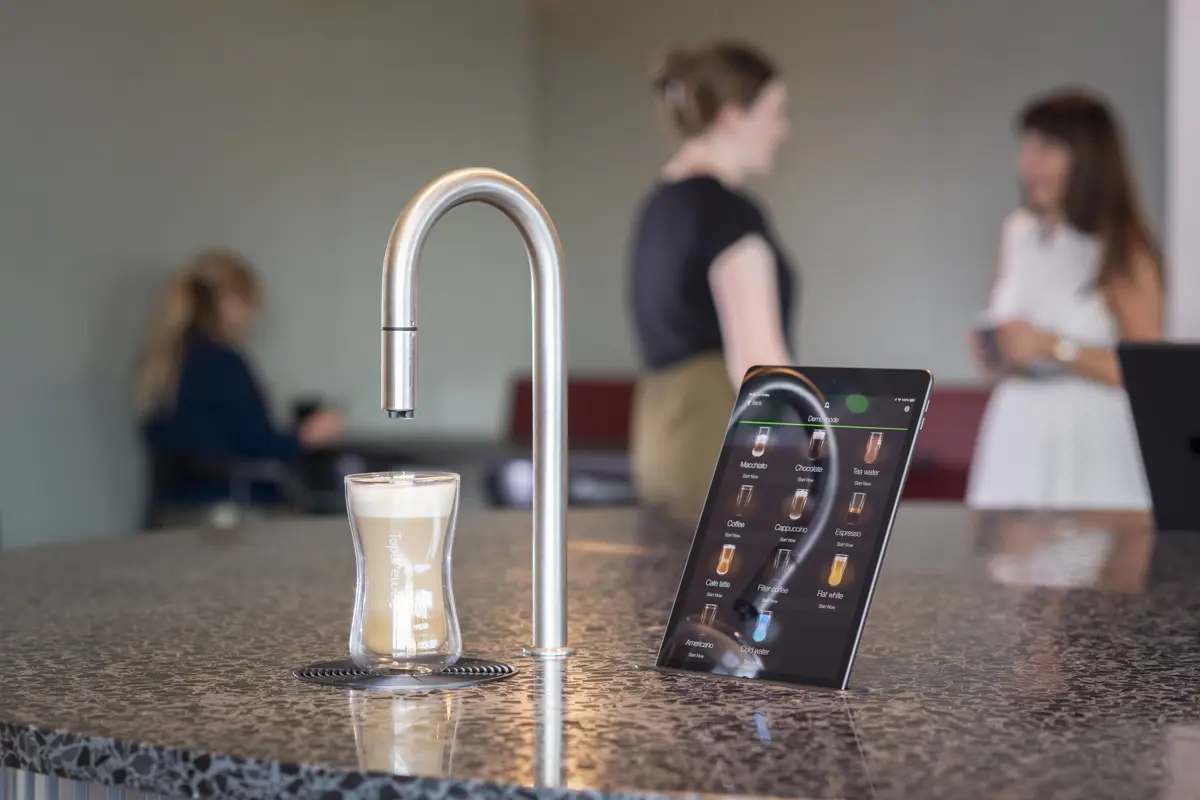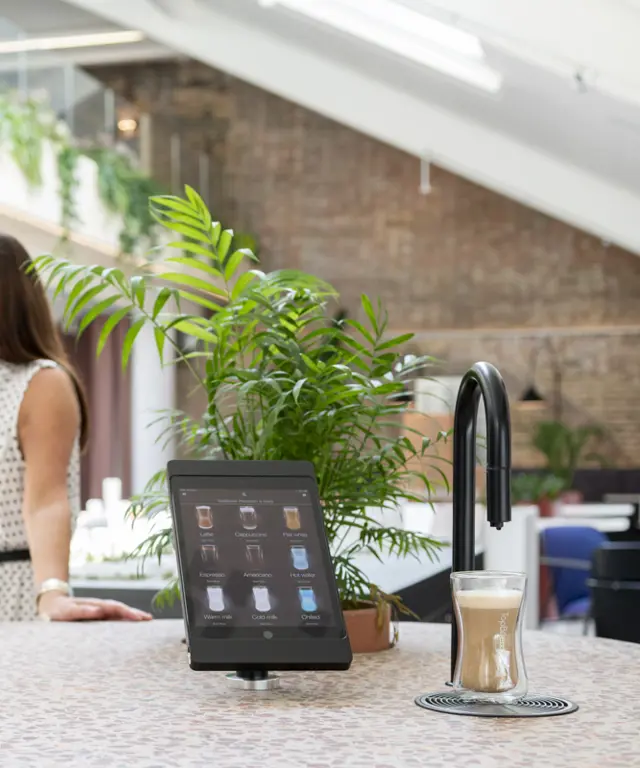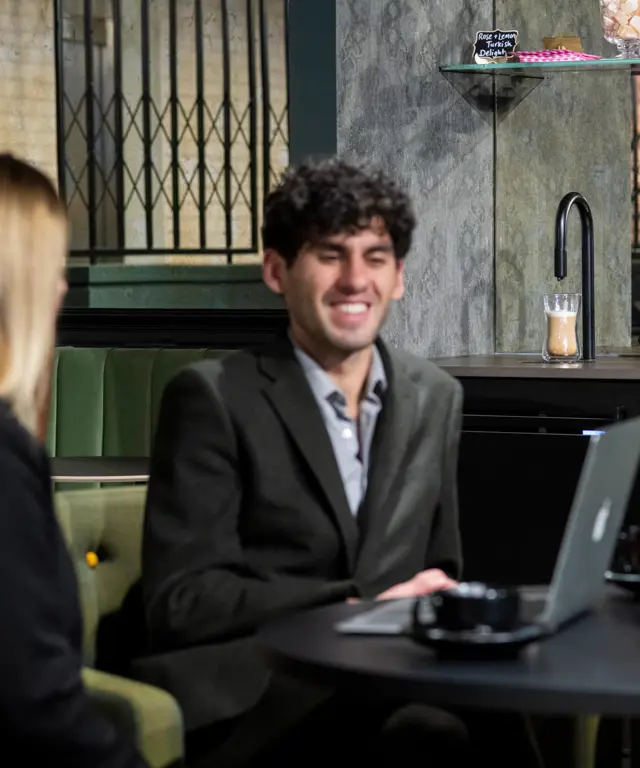How hospitality design trends are re-defining the workplace experience
Taking design inspiration from the hospitality industry can be a great way to improve your space. Whether you have a full office fit-out planned, or simply want to introduce a couple of elements of hospitality design into your space, we've highlighted several popular design trends to help you incorporate hospitality design into your workplace.
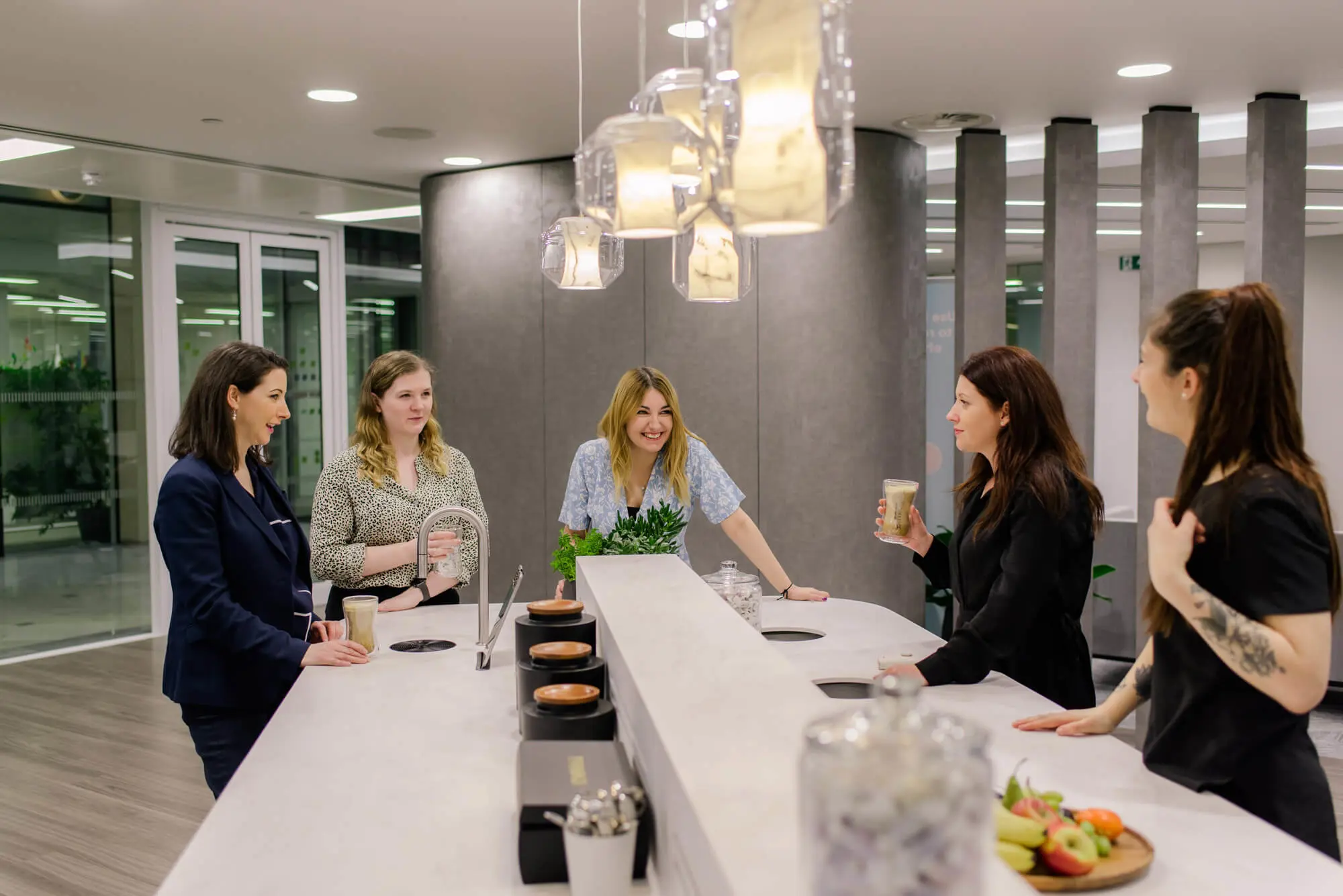
Flexible office design
Just like in office design, hospitality and hotel design has changed in recent years. In a world where real estate values are skyrocketing, flexibility plays a crucial role in hospitality design. Can visitors utilise the café area as a workspace in addition to a place to get a coffee? Is there a place for socialising in the lobby or entrance? In large cities where real estate can be prohibitively expensive, multipurpose rooms are becoming more prevalent.
These areas, which can be tailored to meet the needs of those who use them, are becoming more and more common in offices. It's becoming increasingly common for workplaces to have more flexible spaces, in part due to changing working practices like the rise of agile working. A design that allows for flexibility works well in the office since employees demand more from their workplaces than just a desk to sit at - they expect that their requirements will be met.
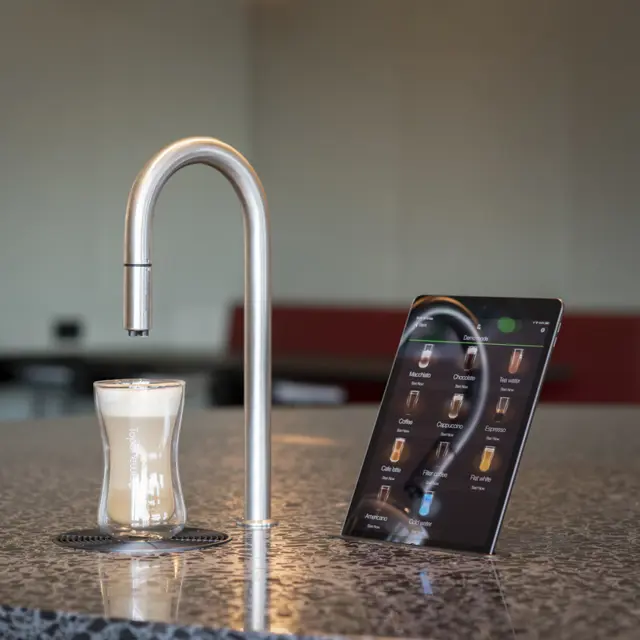
Multipurpose, flexible spaces are becoming more common

Individualism
Companies are starting to recognise that employee loyalty is influenced by how they feel at work just as much as their job descriptions, salaries and the company's goods or services.
In the past, the brand itself was the focus of hospitality design, which often resulted in nearly identical hotels belonging to the same brand around the globe. Nowadays, hotels are built with the guests in mind.
As hospitality designers adjust to the preferences and demands of the modern consumer, individuality is becoming increasingly prevalent, even within hotel chains. As a result, depending on the kind of visitor they anticipate, hotels in the same brand or group may differ greatly in terms of their design and decor.
We have witnessed a similar change in workplace design, with modern designers highlighting the value of individuality and creating spaces in the office that work for each team.
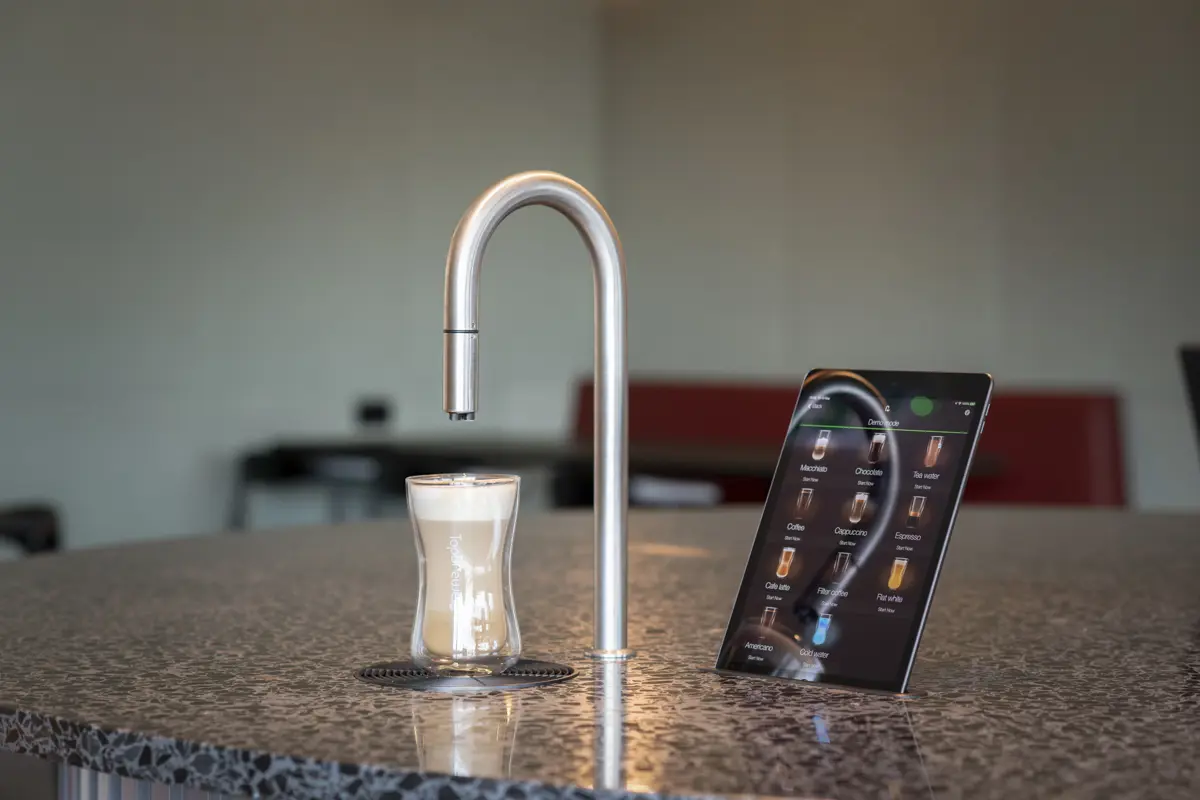
Embrace local design
A big trend in the hospitality industry is to embrace local design. In contrast to the brand-focused hotels of the past, designers are increasingly focusing on creating environments that are inspired by local culture. This affinity for the local community and culture is also influencing workplace design.
Companies often use their location as a key component of their brand identity, and they frequently use regional traditions, styles, and materials to create spaces that represent their surroundings and the local population. Practically speaking, this could mean anything from using local materials like wood or stone in the workplace to hiring local designers for the project.
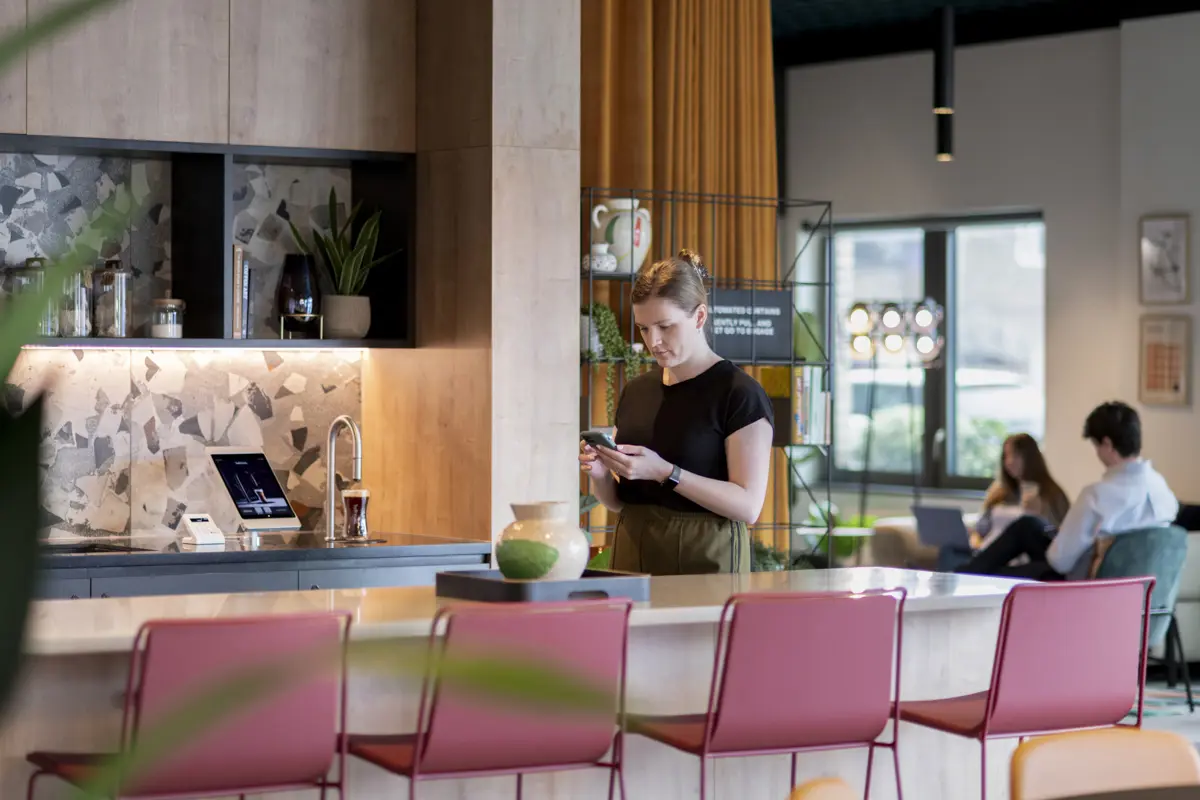
Premium office design experience
As previously established, the experience is important for both guests and staff, and with first impressions being made in just a few seconds, the arrival at a hotel or workplace is one of the most important experiences. The traditional hotel check-in, with guests waiting in a queue to be called to a desk where keys and credit cards are exchanged, is disappearing. The process is moving from being a dull and forgettable transaction to a positive experience, with the hope that creating memorable and enjoyable experiences will promote customer loyalty.
The workplace is comparable to this. It's increasingly common to find a concierge, rather than a receptionist, in an office lobby. Thanks to technological advancements, many tasks that were traditionally performed by an office receptionist, such as directing calls, booking meeting spaces, and checking in visitors, are now done by computer systems. A concierge can help balance work and wellbeing by aiding with transportation, ordering lunch for important client meetings, and other ad hoc tasks, in addition to monitoring the more routine duties required of a receptionist.
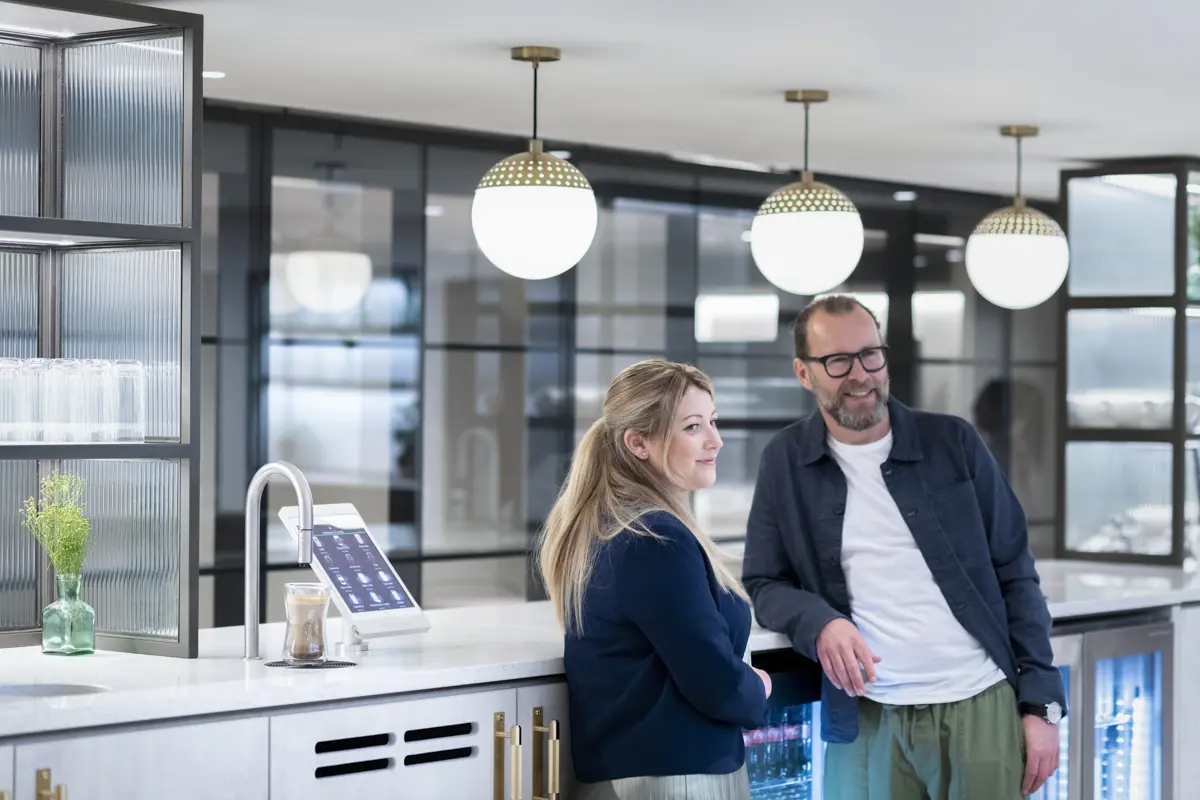
Create a community
It is crucial for your company that you develop a sense of community and trust amongst your team. Whilst they don't need to be best friends, a certain level of respect and trust between your employees is necessary to foster the creativity and teamwork that will take your company to the next level.
Hotels are built to encourage contact and social connection with their adaptable, versatile spaces and comfy furniture. Breakout zones and third spaces have been used in the workplace to execute this concept in order to promote collaboration between teams, idea sharing, and social interaction.
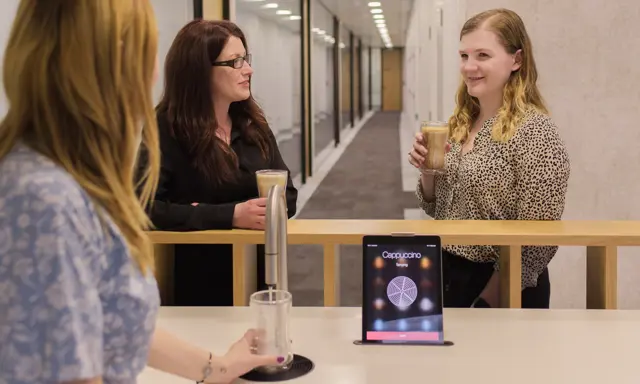
Creating a feeling of community and trust within your team is vital for your business
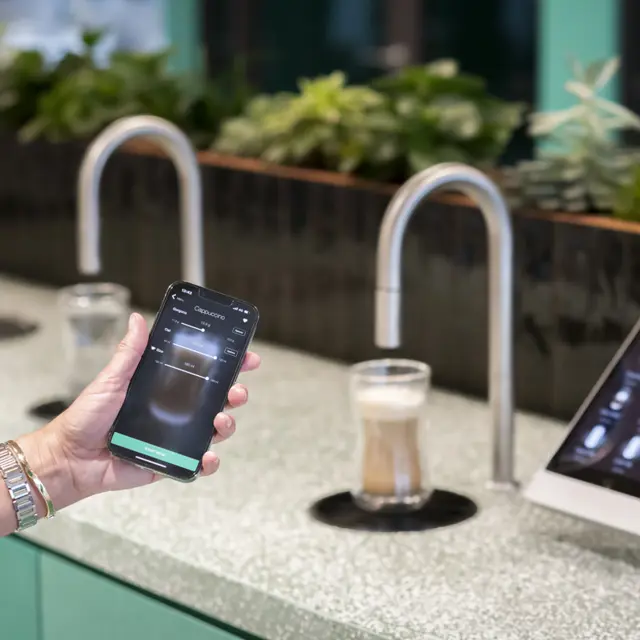
Biophilic design
Bringing the outside in with the introduction of biophilia is becoming a central part of hospitality design. It's no big secret that having access to nature can help you feel less stressed and anxious, have more mental clarity, and be more creative. In a hospitality setting, biophilia is most commonly incorporated into the lobby or communal areas through water features, plants and lots of natural light. Hotels are also embracing the biophilia trend in hotel rooms, through the introduction of natural colours and materials.
Since biophilia has been shown to increase productivity at work and promote health and wellbeing, it should be a no-brainer in your space. Provide a room with lots of natural light, use natural materials like stone or wood, or perhaps just ask your staff to bring a little plant to put on their desk. Employees can still benefit from even the smallest hint of biophilic design.
According to studies, employee productivity increases by 6% in offices with natural components like sunlight and vegetation, and employees report a 15% increase in wellbeing and they are 15% more creative within the workplace.
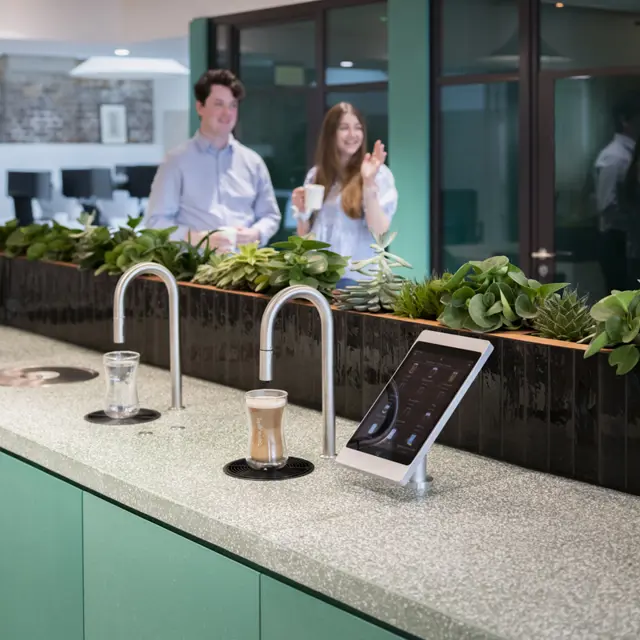
Bring the outside in with biophilic design
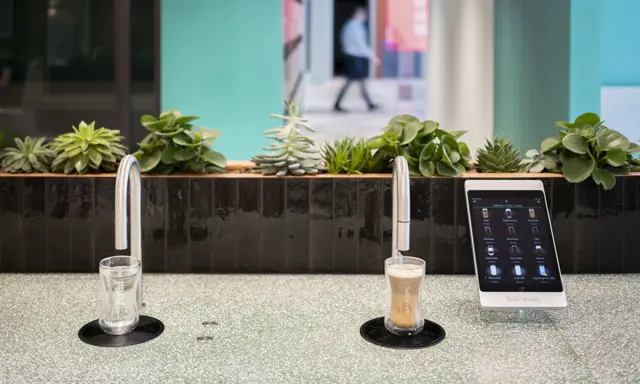
Embrace coffee culture
We are learning a lot more about the coffee we drink as customers. Because of this, we demand top-quality coffee everywhere we go, including hotels, cafes, and workplaces. Hotels are realising the advantages of providing guests with a high-end, barista-quality coffee experience. By providing a great cup of coffee, you can demonstrate to customers that you appreciate their business and encourage loyalty, but you can also help keep guests on site as they no longer need to go elsewhere for their caffeine fix
These days, hotels aren’t only offering a great coffee experience in the restaurant/cafe area, it's now more common to also find speciality coffee in the rooms and executive lounges, where guests are encouraged to grab a coffee and relax. Higher productivity, greater collaboration, and greater creativity are all benefits of coffee culture in the office. Embracing coffee culture in the office is a great way to promote engagement and conversation between employees, especially by designating an area for workers to take a break, have a coffee, and grab a bite to eat. It's vital that you provide your staff with a first-class coffee experience if you want to capitalise on this trend.
